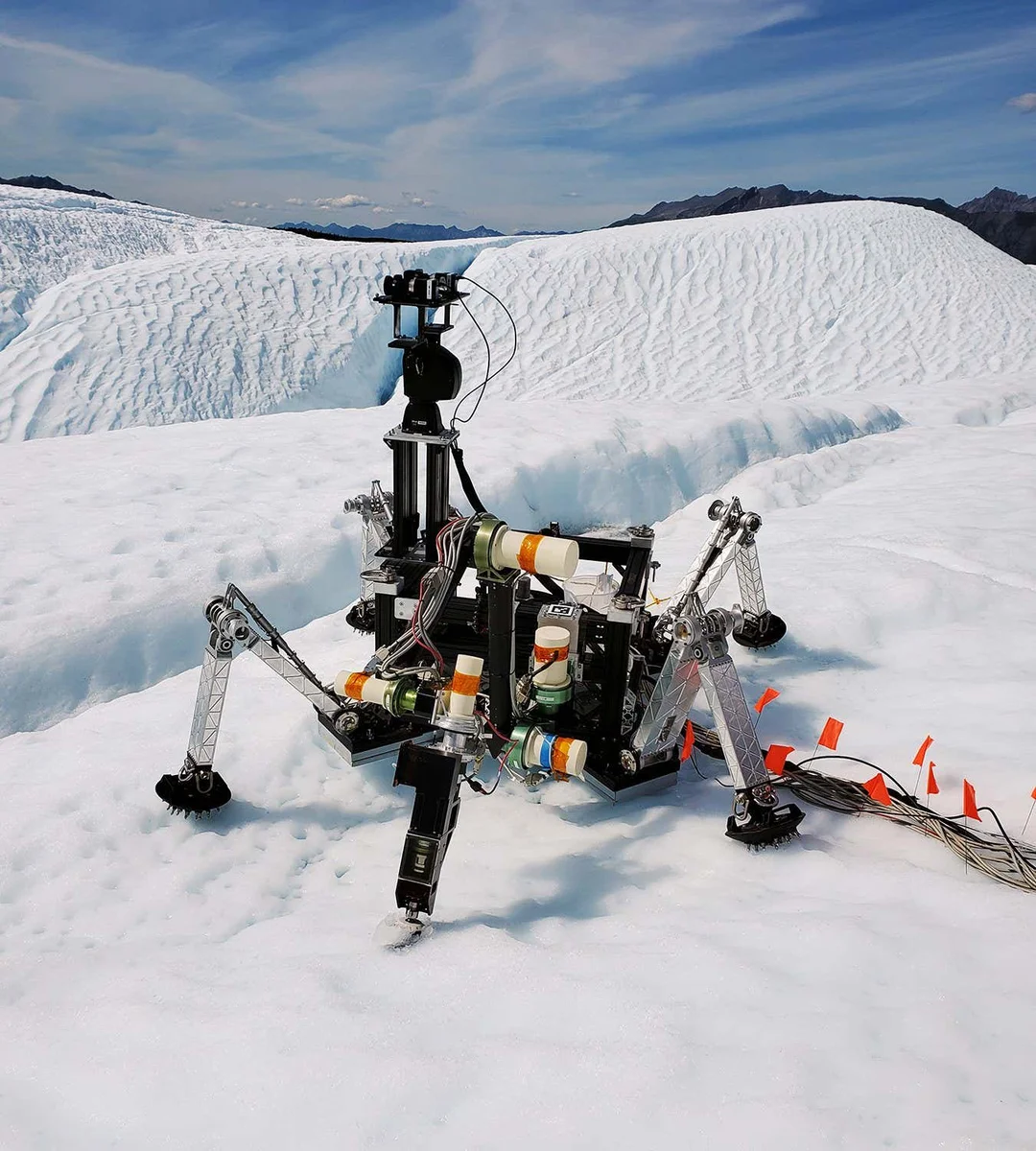
NASA’s Europa Lander Prototype: Autonomous Robot to Hunt for Life on Jupiter’s Icy Moon
The search for life beyond Earth just took a significant leap forward. NASA is developing a Europa Lander prototype, an autonomous robot designed to explore Jupiter's moon Europa, a prime target in the quest for extraterrestrial life. Europa is believed to harbor a subsurface ocean, potentially containing the building blocks of life beneath its icy shell, making it a compelling destination for a landed mission.
This isn't just a theoretical exercise. NASA has been rigorously testing the lander prototype, most recently on Alaska’s Matanuska Glacier, simulating the harsh, icy conditions of Europa. These field tests are crucial for demonstrating the system’s capabilities for an autonomous sample collection mission.

Since 2020, NASA has been actively studying potential Europa Lander mission concepts. The current prototype boasts an aluminum frame with a head equipped with stereo cameras and arms capable of attaching various tools for drilling, excavating, and scooping – all essential for gathering samples from Europa's surface.
One of the key challenges of a Europa mission is the extreme distance from the sun, precluding the use of solar power, unlike many Mars missions. This necessitates an extremely efficient power system. Furthermore, the vast distance from Earth introduces significant communication delays, requiring the lander to operate autonomously. As Joseph Bowkett, lead author on the project, notes, the lander mockup possesses “significantly more autonomy than is typically employed on existing Mars rovers and landers.”

The Matanuska Glacier field tests in July 2022 weren't just about individual instruments; they were about the integrated system operating in a real-world environment. The team successfully collected samples from various sites, adapting to changing slopes, ice depths, and gravel dispersal. These tests, combined with extensive laboratory trials, demonstrate the robustness of the autonomous surface sampling system.
While the Europa Clipper mission, scheduled to arrive in April 2030, will gather data from above, the Europa Lander aims to get closer to the action. As Bowkett points out, the autonomous sampling behaviors developed for the Europa Lander could potentially transfer to other icy moons like Enceladus. Furthermore, he emphasizes that a lander mission is a smaller technical leap than navigating complex subterranean environments, offering the advantage of collecting surface hints of life, potentially biosignatures in the ice.
The challenges ahead are significant. Ensuring a highly autonomous spacecraft “will always do the right thing” requires focused effort and rigorous testing, especially as missions venture further into the solar system. Ultimately, the development of the Europa Lander prototype represents a crucial step toward answering one of humanity's most profound questions: Are we alone?
What are your thoughts on the potential for life on Europa? Share your opinions and excitement in the comments below!